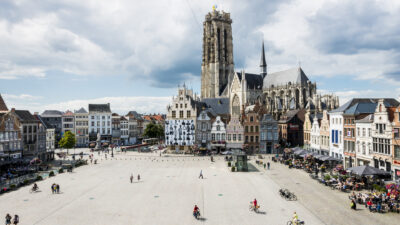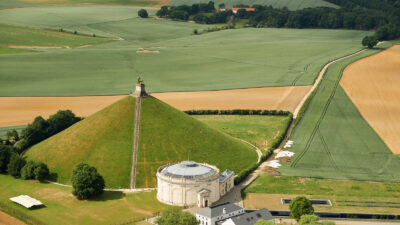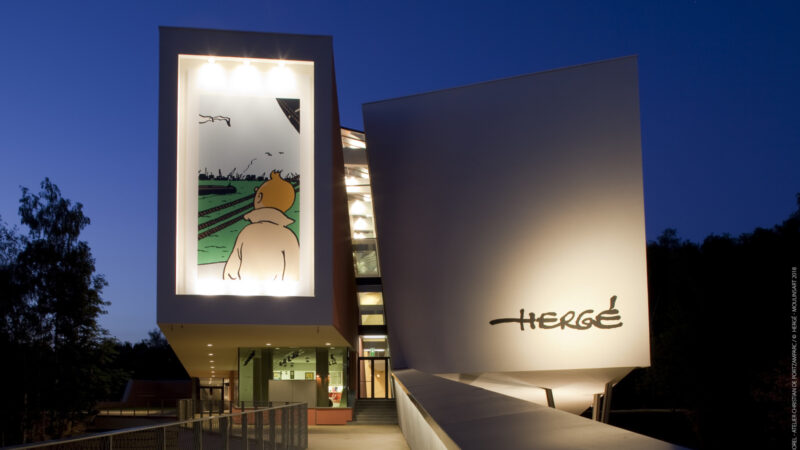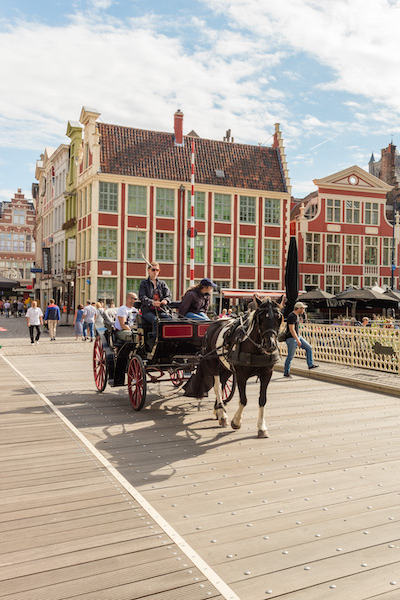Just 15 minutes from bustling Brussels by train, Mechelen is ready to welcome you. Enjoy walks or boat trips on the river Dyle or explore the beguinage to find inner peace. Leuven, also close to the capital, offers great architecture and amazing sights you simply cannot miss.
Both cities are only 15 minutes away from Brussels by train and make great trips!
Mechelen
Mechelen is a small and picturesque city that is big on charm and history, thriving with quaint shops, car-free areas and pleasant little squares. The grace of centuries-old palaces and majestic churches appeals to everyone. There are no less than 336 listed buildings and monuments, including eight gothic and baroque churches from the 14th-17th century.
Mechelen is a city for all ages. Young people can actively enjoy themselves in the Toy Museum or the Tivoli Children’s Farm, whereas the young at heart can entertain themselves at Het Anker, one of the oldest operating breweries in Belgium. Students from all over the world come to learn to play church bells at Mechelen’s carillon school. Sitting outside on the terrace of a cafe sipping a local beer while listening to the bell music coming from the sky is nothing short of delightful. It is also home to one of the last remaining places in the world that restores and repairs antique tapestries, at Royal Manufacturers De Wit.
Climb the St. Rumbold’s Tower, visit the Museum Hof van Busleyden and the brewery Het Anker. Walk along the Dyle or take a boat trip on the inner Dyle to see a different side of Mechelen. Stroll around in the large beguinage and visit the winter garden of the Ursuline nuns.
Leuven
A vibrant student population and a rich history combine in the city of Leuven, home to one of Europe’s oldest universities (KU Leuven), founded in 1425. The university, one of the most important in Europe, has its roots in the centre of Leuven, and its historic college buildings dominate many of the squares and streets. A few lucky students even have the distinct privilege of living in the 13th century stone beguinage, a UNESCO world heritage site worthy of a visit. 28,000 students and professors lend a distinctly youthful atmosphere to the city. Or perhaps it’s the beer!
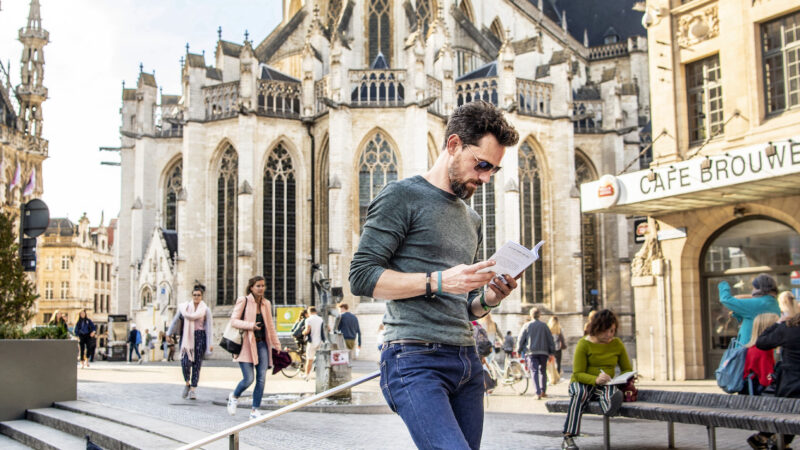
© Karl Bruninx
Leuven is Belgium’s reigning brewing capital – no small feat in a country that produces hundreds of delicious varieties. Leuven is the headquarters of Inbev, the second largest brewery in the world, famous for Stella Artois beers. Centuries of Flemish tradition and craftsmanship lie behind Leuven’s premium brews. Leuven is a great place for the curious traveller with time to explore. It is an intimate city; any spot can be easily reached on foot or by bicycle.
Visit the Town Hall of Leuven, The Last Supper by Dieric Bouts in Saint Peter’s Church and the University Library with its carillon tower and impressive reading room. Go to the Oude Markt for a beer tasting session followed by a visit to the Great Beguinage and if you have some time left, visit the 12th-century heritage site Park Abbey.
Fold content

